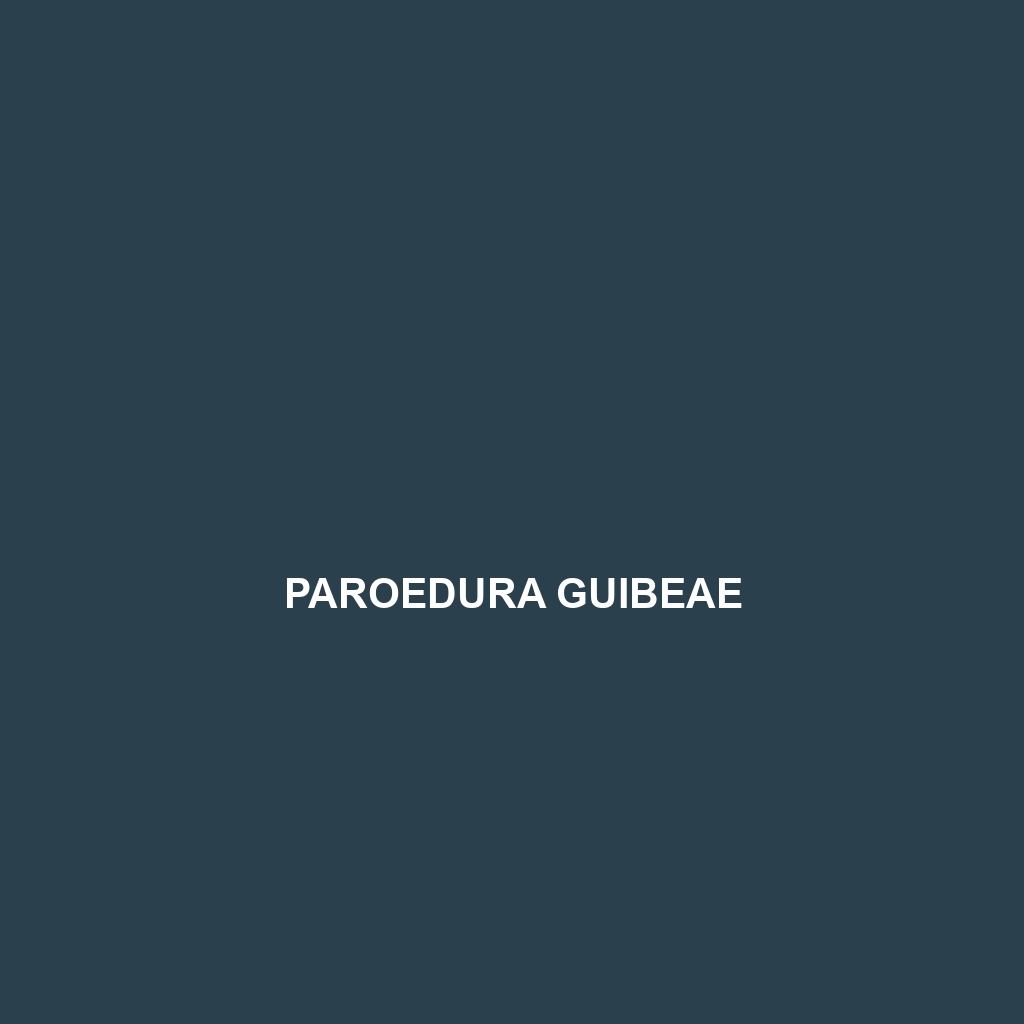Common Name
Paroedura gracilis
Scientific Name
Paroedura gracilis
Habitat
Paroedura gracilis, commonly known as the Madagascar ground gecko, predominantly inhabits the rich biodiverse regions of Madagascar. This species thrives in a variety of environments, including humid rainforests, dry deciduous forests, and scrublands. The unique geography and climate of Madagascar, characterized by its tropical weather, provide an ideal habitat for these geckos. They are often found in areas with ample leaf litter and ground cover, which offer both shelter and hunting grounds. Due to its adaptability, Paroedura gracilis can also be spotted in more disturbed habitats such as secondary forests and near agricultural land.
Physical Characteristics
The Paroedura gracilis is a relatively small gecko, typically measuring between 15 to 25 centimeters in length. Its body is slender and elongated, making it well-suited for navigating through the underbrush. The coloration of this gecko varies significantly; it often exhibits a beautiful pattern of earthy tones, including shades of brown, tan, and gray, which help it blend seamlessly into its surroundings. A distinguishing feature of the Paroedura gracilis is its smooth, shiny scales that provide protection against moisture loss. Additionally, its large, expressive eyes enhance its nocturnal vision, making it proficient in low-light conditions.
Behavior
Paroedura gracilis showcases fascinating nocturnal behavior, being primarily active during the night. Their social structure is relatively solitary, although they may be seen in close proximity during breeding season. During the day, they seek refuge in crevices or beneath leaf litter to avoid predators. Interestingly, Paroedura gracilis employs unique communication methods, often using visual signals and body language to interact with potential mates or rivals. Mating rituals are particularly captivating, featuring elaborate display behaviors that may include head-bobbing and tail waving.
Diet
As an insectivore, Paroedura gracilis primarily feeds on a diverse diet of insects and other small invertebrates, including crickets, ants, and beetles. They exhibit opportunistic feeding behavior, capturing prey with their quick reflexes. Additionally, they may occasionally consume plant material, indicating some level of omnivory in their diet. This dietary flexibility contributes to their survival in varied environments, allowing them to thrive even when food sources fluctuate.
Reproduction
The reproductive cycle of Paroedura gracilis is influenced by environmental factors, often peaking during the warm, wet seasons. Mating typically occurs in the early evening, with males establishing territories and attracting females through vocalizations and displays. The female lays two eggs per clutch, which she buries in sandy soil or leaf litter. The gestation period lasts approximately 60 days before the eggs hatch, resulting in miniature versions of the adults. Parental care is minimal, as the young are independent from hatching and must fend for themselves shortly thereafter.
Conservation Status
This species is currently classified as Least Concern by the IUCN, although it faces potential threats including habitat loss due to deforestation and agricultural expansion. As Madagascar’s unique ecosystems are increasingly impacted by human activities, monitoring conservation efforts are crucial to maintaining stable populations of Paroedura gracilis. Conservation measures, including habitat protection and sustainable land-use practices, are necessary to ensure the longevity of this fascinating gecko species.
Interesting Facts
One of the most intriguing aspects of Paroedura gracilis is its unique ability to change color depending on its surroundings, a trait shared with some other gecko species. This adaptive camouflage not only helps them avoid predators but also aids in hunting by allowing them to ambush unsuspecting prey. Furthermore, these geckos possess a relatively long lifespan for reptiles, living up to 10 years in captivity.
Role in Ecosystem
Paroedura gracilis plays a significant role in its ecosystem as both a predator and prey. By controlling insect populations, this gecko contributes to maintaining a balanced food web. Additionally, they serve as a food source for various larger predators, linking multiple trophic levels within the ecosystem. The ecological interactions of Paroedura gracilis emphasize the importance of preserving their habitat to support broader biodiversity in Madagascar, reinforcing the gecko’s status as a vital component of its natural environment.
